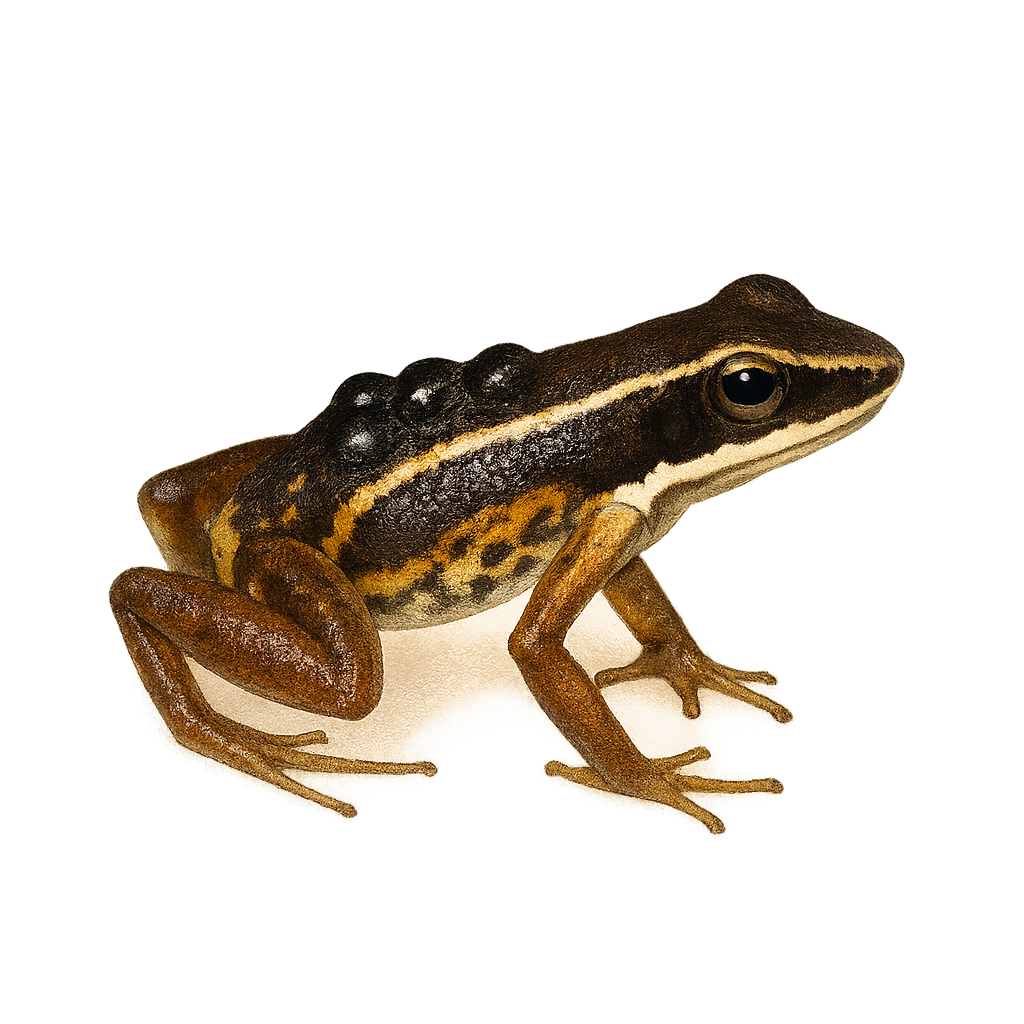Your wildlife photography guide.
Explore the bello rocket frog in detail, study its behavior, prepare your shots.
Where to observe and photograph the bello rocket frog in the wild
Learn where and when to spot the bello rocket frog in the wild, how to identify the species based on distinctive features, and what natural environments it inhabits. The WildlifePhotographer app offers tailored photography tips that reflect the bello rocket frog’s behavior, helping you capture better wildlife images. Explore the full species profile for key information including description, habitat, active periods, and approach techniques.
Bello rocket frog
Scientific name: Hyloxalus abditaurantius

IUCN Status: Least Concern
Family: DENDROBATIDAE
Group: Amphibians
Sensitivity to human approach: Suspicious
Minimum approach distance: 2 m
Reproduction period: March to April
Incubation: 10–14 jours
Births: April to May
Habitat:
Tropical rainforests, streams, wetlands
Activity period :
Primarily active during the day, with peak activity in the morning and late afternoon.
Identification and description:
Hyloxalus abditaurantius is a small, brightly colored frog native to the humid tropical forests of South America, primarily in Ecuador. It is distinguished by its vivid coloration, often with shades of orange and brown, allowing it to blend effectively into its natural habitat. This species is typically found near streams and wetlands, where it primarily feeds on insects. Although discreet, it plays an essential role in the ecosystem by regulating insect populations. Its reproduction usually occurs during the rainy season when conditions are ideal for tadpole development.
Recommended lens:
Macro – adjust based on distance, desired framing (portrait or habitat), and approach conditions.
Photography tips:
To photograph Hyloxalus abditaurantius, it is advisable to use a macro lens to capture the details of its colorful skin. Approach slowly and maintain a distance of about 2 m to avoid scaring it. Opt for times of the day when natural light is soft, such as early morning or late afternoon. Use a tripod to stabilize your camera and achieve sharp images. Be patient and attentive to subtle movements in the leaves and branches, as this frog is often well camouflaged in its natural environment.
The WildlifePhotographer App is coming soon!
Be the first to explore the best nature spots, track rutting seasons, log your observations, and observe more wildlife.
Already 1 432 wildlife lovers subscribed worldwide

